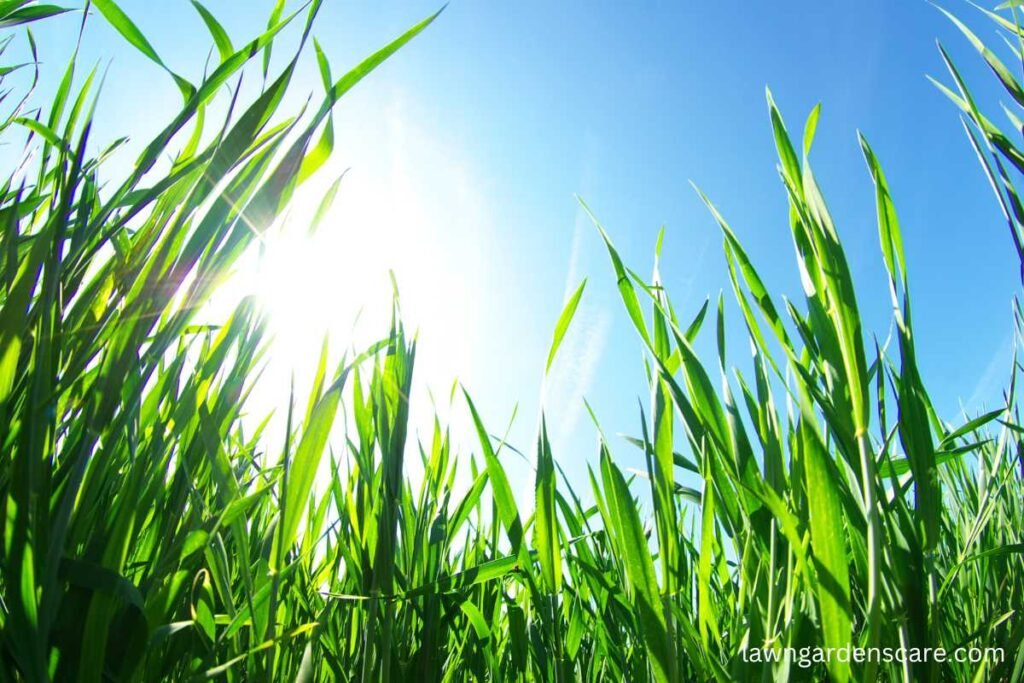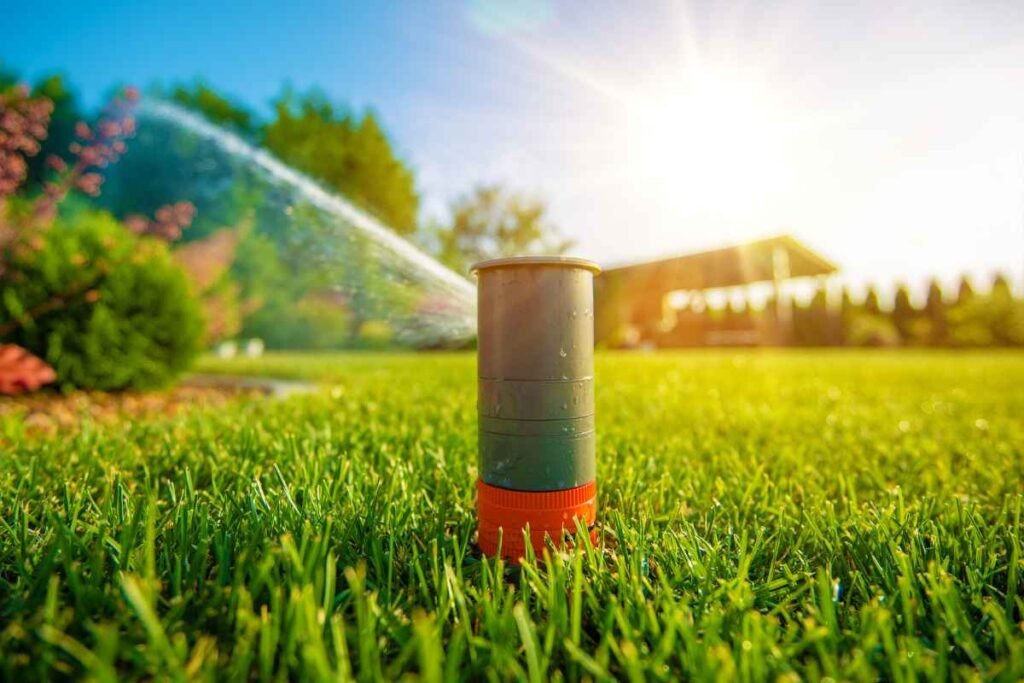Hurricanes and tropical storms can cause significant damage to palm trees, leaving homeowners and landscapers with the task of helping these iconic trees recover. Proper post-storm care is crucial to ensure the health and survival of palms. In this article, we’ll explore best practices for assessing, treating, and supporting hurricane-damaged palms to help them recover and thrive.
Caring for Hurricane-Damaged Palms in the Landscape
Palm growth depends on the apical meristem, or palm bud, located at the top of the trunk. If this bud is damaged, the palm cannot produce new leaves and will die. Since the bud is not visible, it’s hard to predict which palms will survive after wind damage unless the trunk is visibly broken. However, certain species, like the sabal palm and royal palm, have shown resilience to high winds, though they react differently.
1. Assessing Damage
After a hurricane, it can take over six months to see if a palm will recover. Initial new leaves may appear abnormal, but with time, they should return to normal. Patience and monitoring for up to two years is recommended. Additionally, storm damage may reveal pre-existing issues like nutrient deficiencies, which need to be differentiated from storm-related problems. Before deciding how to care for a hurricane-damaged palm, you need to evaluate the extent of the damage:
- Fronds: Torn or tattered fronds should remain attached if they are still green. These fronds are still capable of photosynthesis and provide the energy needed for recovery. Avoid removing them prematurely.
- Crown: The crown, or new growth area, is critical to the palm’s survival. If it remains intact, the palm has a better chance of recovery. A damaged crown may lead to stunted or no growth.
- Trunk and Roots: Inspect the trunk for cracks or splits. Significant damage here may reduce the likelihood of survival. Check for root exposure or damage, especially if the palm was uprooted.
2. Pruning After the Storm
When pruning, trim damaged or diseased branches back to healthy tissue, making clean cuts near the branch collar, which aids in healing. Thin overcrowded areas to improve air circulation and light penetration. For larger branches, make 45-degree angle cuts above a healthy bud or lateral branch to prevent water accumulation and promote faster healing. Preserve the branch collar during pruning, as it contains specialized cells that support the plant’s natural healing process.
Contrary to popular belief, excessive pruning does not aid recovery. Only remove completely dead or broken fronds that are hanging down. Green and even yellow fronds provide necessary nutrients for recovery. Never Perform a “Hurricane Cut”. The practice of removing most or all of the fronds, called a hurricane cut, weakens the palm and can make it more vulnerable to future storms.
3. Supporting the Palm
Broken Palms: If a single-stemmed palm’s trunk is broken, it should be removed as it won’t recover. Clustering palms, however, can regrow from the soil line. Broken stems should be cut close to the ground. If the stump remains, monitor it for Ganoderma fungus, which can harm other palms. If the fungus appears, remove and properly dispose of it to prevent spreading, though it’s not harmful to humans or pets.
Bracing Uprooted Palms: If your palm has been uprooted but the root ball is still intact, you can replant and brace the palm. Use soft, non-damaging materials to tie the trunk to braces, ensuring the palm can stand upright as the roots re-establish themselves. They need to be braced for at least 6 months and treated like newly planted palms. Proper water management is crucial during this period, with irrigation focused on the root zone to support re-establishment. Monitor regularly and remove the braces once the palm is stable.
Watering: Palms may have root damage, so it’s essential to keep the soil moist but not waterlogged. Water deeply and infrequently, ensuring good drainage around the roots.
4. Fertilization Post-Storm
For palms that were not uprooted, continue the same fertilization program as before the storm. For replanted palms, do not apply fertilizer until new growth appears, which may take over a month. Avoid applying micronutrient sprays to the canopy, as they may cause harm if used improperly.
- Wait to Fertilize: Avoid fertilizing the palm immediately after storm damage. Fertilizing too early can stress the tree further. Wait until the palm shows signs of recovery, usually 3-6 months, before applying any fertilizer.
- Choose the Right Fertilizer: When the time comes to fertilize, use a slow-release palm fertilizer rich in potassium, magnesium, and other essential nutrients. Avoid high-nitrogen fertilizers, which promote weak, fast growth that can be detrimental in the recovery process.
- Application of Fertilizer: For effective fertilization of palms, spread fertilizer evenly under the canopy rather than concentrating it in holes, spikes, or bands around the trunk. This ensures nutrients reach a larger portion of the root system and reduces the risk of root burn. Injecting water-soluble fertilizers into the root zone is not recommended due to nutrient loss from leaching and minimal lateral movement. Trunk injections of micronutrients, such as manganese, should only be used when soil applications fail, as they create permanent scars in the palm’s trunk, which can invite disease or pests.
5. Monitoring for Disease
Palms are especially vulnerable to diseases after being damaged in storms, so it’s essential to stay vigilant:
- Fungal Infections: Look for signs of fungal infections, such as blackened or mushy areas on the trunk or fronds. If detected early, fungicide treatments may help.
- Open Wounds: Palms with open wounds are at risk for infections. Avoid using sealants or paints on wounds, as these can trap moisture and worsen the problem. Instead, let the wound dry naturally.
6. Managing Pest Infestation
Storm-damaged palms are often attractive to pests:
- Insect Infestations: Keep an eye out for pests like palm weevils or borers, which may take advantage of weakened trees. These pests can cause significant damage if not treated. Use appropriate insecticides or consult a professional for pest control measures.
7. Long-Term Recovery and Patience
- New Growth Indicators: Recovery can take time. A healthy palm will eventually start producing new fronds from the crown. Be patient, as this can take up to a year or more in some cases. Do not rush into pruning or fertilizing during this delicate recovery period.
- Crown Protection: The health of the crown is critical. Watch for signs of new fronds emerging. If the crown has been damaged, the palm may struggle to produce new growth, which can indicate a poor prognosis.
8. Handling Uprooted or Leaning Palms
- Replanting Small Palms: For smaller palms that have been uprooted, dig a new hole, replant, and water thoroughly to help stabilize the roots. Bracing may be necessary.
- Replanting Large Palms: Larger palms often need professional assistance to straighten and brace. Ensure the root ball is intact before attempting to replant. Use padded braces to avoid damaging the trunk.
9. Irrigation Management Post-Storm
- Moisture Management: Damaged root systems may need more careful irrigation. Ensure the soil drains well and that water is applied deeply but infrequently.
- Saltwater Exposure: If the palm has been exposed to saltwater flooding, rinse the soil around the roots with fresh water to flush out salts that could cause long-term damage.
10. Dealing with Saltwater Damage
Saltwater flooding can seriously harm palms, especially if the water lingers or there’s no significant rainfall afterward. To mitigate damage, leach the soil around the palms with fresh water as soon as possible. Salt injury typically causes leaf tip necrosis throughout the canopy.
- Leaching Salt from Soil: For palms affected by saltwater flooding, it’s important to rinse the soil thoroughly with fresh water to leach out salt that can damage the roots.
- Salt-Tolerant Species: If you live in a coastal region prone to hurricanes, consider planting more salt-tolerant palm species like the Sabal Palm or Pindo Palm, which have better chances of survival in salty conditions.
11. Diseases to Watch For
There is no research proving the benefits of fungicides after a hurricane, though it’s theorized that damaged apical meristems could become susceptible to fungal or bacterial infections. Copper-based fungicides may help against both, but should be applied directly to the bud, not the soil. Always follow label instructions, and avoid mixing fungicides with other sprays unless permitted. While copper fungicides might not harm palms, they’re not guaranteed to help either, and should be used sparingly, no more than twice. Many native palms survive storms without fungicide, so reserve its use for severely damaged or valuable palms.
- Ganoderma Butt Rot: This fungal disease can be more prevalent after storm damage. Watch for conks (mushroom-like growths) at the base of the trunk. There is no cure, so infected palms should be removed to prevent spreading.
- Fusarium Wilt: A deadly disease that often affects hurricane-damaged palms. Symptoms include yellowing fronds that die back from the crown. Unfortunately, palms infected with Fusarium wilt cannot be saved and should be removed.
12. When to Remove a Palm
- Signs of Fatal Damage: If the palm has a destroyed crown or severe trunk damage, it may not survive. Consult with an arborist or palm specialist to assess whether removal is necessary.
- Removing Hazards: Dead or dying palms can become hazards in future storms. Consider removing the palm before it poses a risk to nearby structures or people.
13. Proactive Measures to Hurricane-Proof Your Palms
- Planting for Stability: Proper planting depth is crucial. Ensure the root initiation zone is just below the soil surface. Palms planted too deep or too shallow are more susceptible to being uprooted.
- Selecting Wind-Resistant Species: Some palm species, such as the Sabal Palm and Pindo Palm, are naturally more wind-resistant and less likely to suffer extensive damage in hurricanes. Consider these species if you live in a hurricane-prone area.
14. Documenting Damage for Insurance
- Insurance Claims: If you have valuable palms on your property, document any damage with photos and written descriptions. Check your homeowner’s insurance to see if landscaping is covered.
- Consulting a Professional: An arborist or landscape professional can help assess damage for insurance purposes and recommend the best recovery steps for your palms.
Verdict
Caring for hurricane-damaged palms requires a combination of patience, proper care, and timely intervention. By following these guidelines, you can improve the chances of recovery for your palms and maintain the beauty and resilience of your landscape. While it may take time for palms to fully recover, careful attention to their needs post-storm will help them thrive once again.

